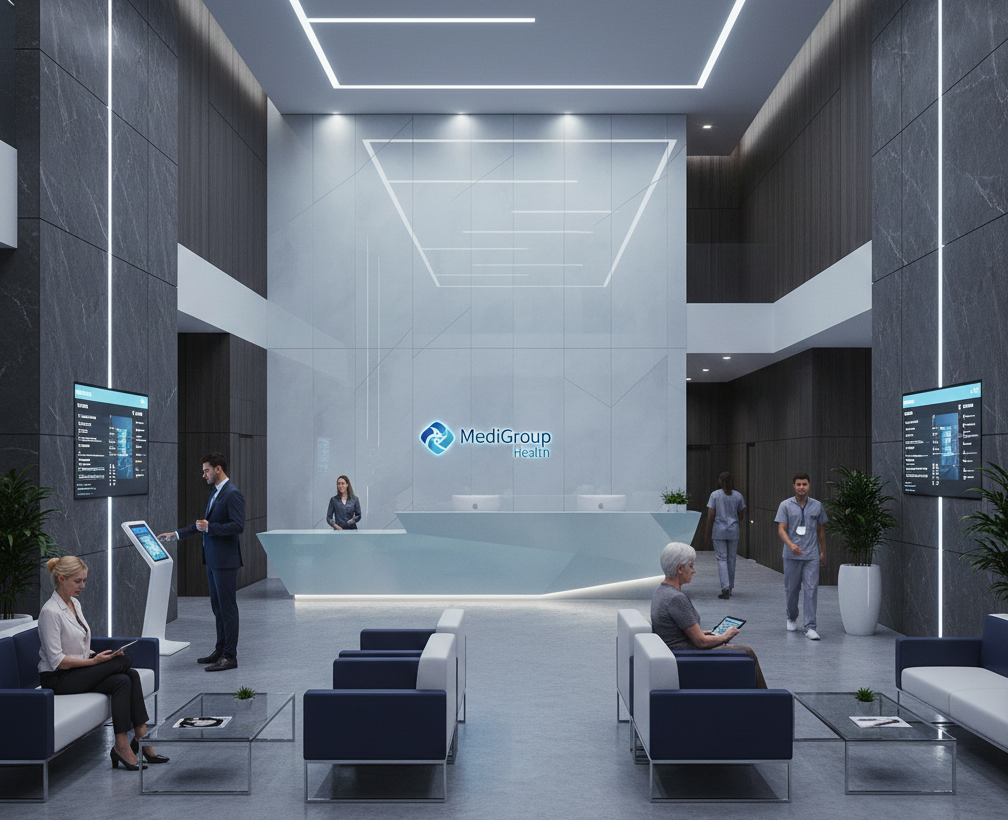Picture this: The conference room is packed for a critical client presentation. The CEO steps up, clicks the remote… and nothing happens. The projector stays dark. Panic sets in. Technicians scramble, precious minutes tick by, and the opportunity fizzles. Sound familiar? Unplanned AV failures aren’t just embarrassing; they’re costly disruptions that derail productivity, damage reputations, and drain budgets through emergency repairs. But what if you could see these failures coming before they happen? Enter the era of automated AV maintenance.
The Rise of Predictive Maintenance in AV
Gone are the days when AV maintenance meant to sit and wait for something to fall apart (reactive) or, with blind trust, run the equipment through checks on scheduled times (preventive). The future belongs to Predictive Maintenance (PdM), enabled by intelligent software, sensors, and an analytical process of data. All the attention is thus brought on: The global predictive maintenance market was worth $4 billion in 2021, and by 2028, it is expected to take off to $19.3 billion, with an impressive CAGR of 29.80%. The rapid growth indicates a major transformation in asset management towards smart and data-driven asset management across industries, from healthcare and manufacturing to retail and AV.
How Predictive Maintenance Transforms AV Management
Predictive Maintenance leverages real-time and historical data from your AV equipment – projectors, displays, audio processors, control systems, switchers, and network infrastructure. Sensors monitor critical parameters like:
- Temperature: Overheating components are a major failure precursor.
- Operating hours: Lamp life in projectors, fan wear, power supply stress.
- Performance metrics: Signal integrity, audio output levels, processing latency.
- Power consumption: Abnormal spikes indicating component strain.
- Network health: Bandwidth usage, packet loss affecting AVoIP streams.
Sophisticated algorithms analyze this data, learning normal operating patterns and identifying subtle anomalies that signal potential problems long before a complete failure occurs.
Automated Diagnostics: The Silent Guardian
Working hand-in-hand with PdM is Automated Diagnostics. This technology goes beyond simple monitoring:
- Continuous health checks: Systems automatically run self-tests, verifying signal paths, EDID handshakes, network connectivity, and hardware functionality.
- Intelligent alerting: Rather than just a generic “system down” message, these alerts identify the specific piece or sub-component that is failing (“HDMI Input 2 on Conference Room Display failing handshake,” “Projector Lamp at 92% estimated life,” “Excessive heat detected in Rack 3 DSP”).
- Root cause analysis: Using data from numerous sources of information, the identification of the main cause for issues is made, which consequently reduces the troubleshooting time.
- Performance trend analysis: Systems investigate past diagnostic information to find repeating problems or deteriorating performance trends before they cause major failures. If a certain audio processor continually detects small errors under heavy load, the system might alert it for proactive maintenance or replacement before a full audio dropout happens during a presentation.
- Automated remediation: For other kinds of problems, the system can even fix itself – rebooting a frozen device, switching to a backup input, or adjusting cooling fans.
This constant vigilance creates a comprehensive, real-time picture of your entire AV ecosystem’s health.
Tangible Benefits: Downtime Drops, Savings Soar
The marriage of PdM and Automated Diagnostics can deliver concrete, bottom-line advantages for AV infrastructure:
- Slash maintenance costs by up to 25%: As highlighted by Deloitte, PdM significantly reduces costs. How? By eliminating unnecessary preventive maintenance visits, enabling parts replacement only when needed (optimizing inventory), preventing catastrophic failures requiring expensive emergency repairs, and maximizing technician efficiency through targeted interventions.
- Boost system uptime by 10-20%: Deloitte further confirms this critical benefit. Catching issues proactively means fixing them during scheduled downtime or before they cause an outage. This directly translates to more reliable meetings, smoother presentations, uninterrupted digital signage, and seamless event experiences – keeping your business running.
- Extend equipment lifespan: By preventing components from operating under stress or cracking open suddenly, PdM extends the life of AV equipment. Ensuring that a fan is replaced before it ceases to work or a power supply before it might burn out a main board is surely protecting one’s investment.
- Optimize resource allocation: Maintenance teams can finally focus on planning over emergency interventions. Automated diagnostics will inform them exactly where the fault lies so that the technician arrives there fully prepared with the right parts and knowledge to fix it quickly on the first visit. IT/AV managers gain better visibility for budgeting and planning refreshes.
- Enhance user experience & reduce frustration: Nothing resonates the mistrust in any technology than perpetual failures. AV systems work 24/7, conduct the meeting productively, communicate well, and ensure a more professional setup for the client. Support staff can be alerted automatically to begin working on the issue before the very first user reports start coming in.
Implementing Predictive Maintenance in Your AV Infrastructure
Adopting PdM and Automated Diagnostics requires a strategic approach:
- Assess & instrument: Evaluate critical AV systems. Install necessary sensors and ensure equipment has monitoring capabilities (often via IP control/SNMP). Modern AV-over-IP architectures are particularly well-suited.
- Choose the right platform: Pick an integrated monitoring and management platform made for AV (such as the ones supplied by Resurgent AV Solutions) capable of gathering data, deciphering analytics, and delivering actionable insights and automatic diagnostics.
- Establish baselines & thresholds: Identify acceptable operating parameters for your particular equipment and surroundings. Proper setup of alert thresholds can help you circumvent alarm fatigue.
- Integrate with workflows: Combine alerts with maintenance schedules and your ticketing system. Train your team to understand and respond to projected insights.
- Start phased rollout: Start with your most crucial or failure-prone systems and grow as your comfort and confidence level rise.
Conclusion
Gone are the days when crossed fingers and hope sustained your AV systems. Unplanned downtime is very costly, while traditional maintenance models are highly inefficient. Predictive Maintenance with Automated Diagnostics is a fundamental leap forward. Data and intelligence allow organizations to achieve unprecedented levels of AV reliability – cutting costs by as much as 25%, increasing uptime by 10-20%, and ensuring technology is working for, not against, their mission.
Resurgent provides cutting-edge AV monitoring, predictive maintenance solutions, and automated diagnostics tailored to your unique infrastructure. Our expertise ensures you utilize the full power of data to minimize downtime, optimize costs, and achieve unparalleled AV system reliability.
Contact Resurgent today to schedule a consultation and discover how we can transform your AV maintenance strategy from reactive to resilient. Let us help you ensure your next presentation starts flawlessly.
FAQs
1. How does predictive maintenance differ from old methods?
It uses data and sensors to fix problems before they occur, unlike reactive or scheduled checks.
2. What exactly do “Automated Diagnostics” do?
They constantly monitor AV health, pinpoint specific failing parts, and can even self-remedy minor issues.
3. What’s the main gain from automated AV maintenance?
It cuts AV downtime by 10-20% and costs by 25% by preventing issues proactively.



